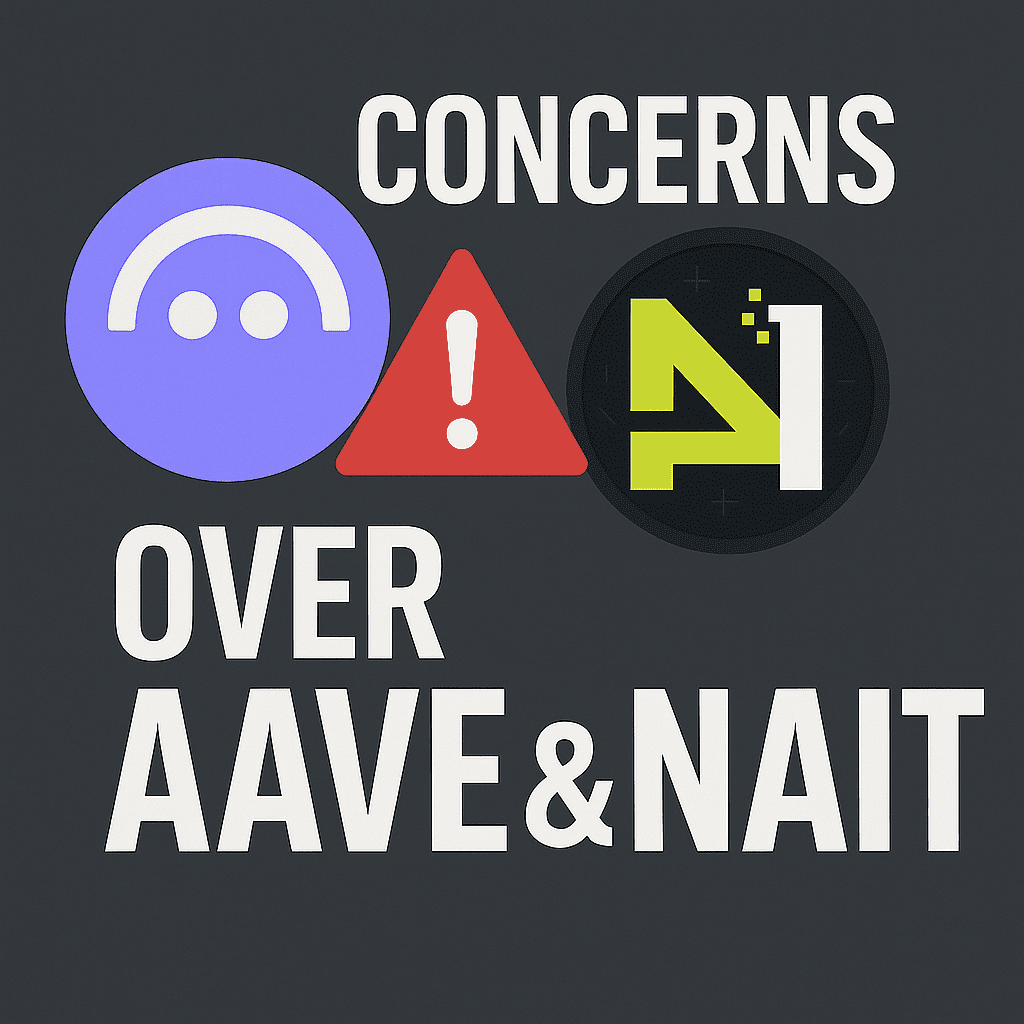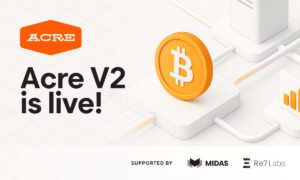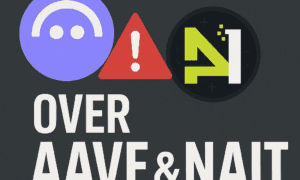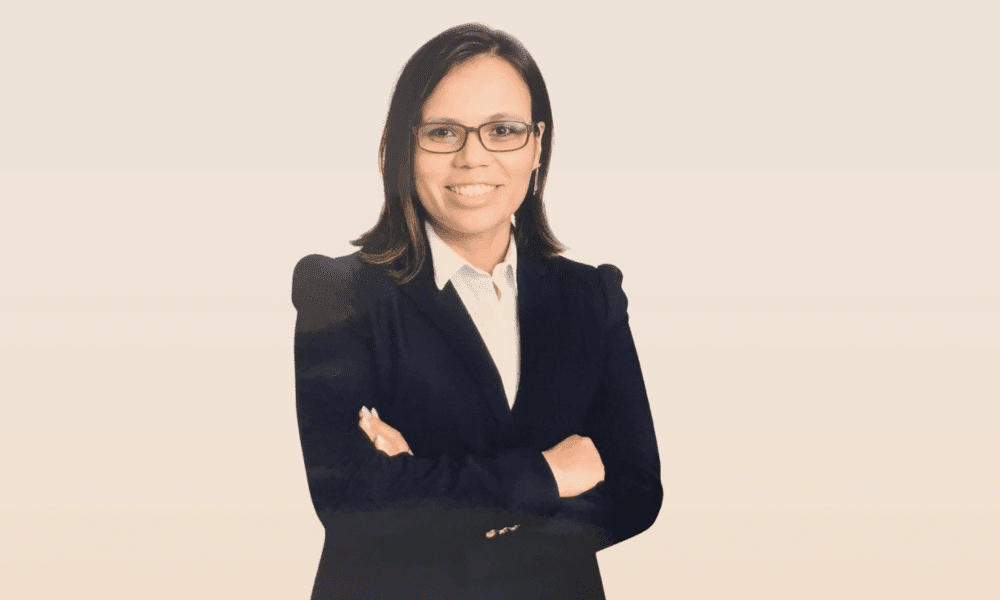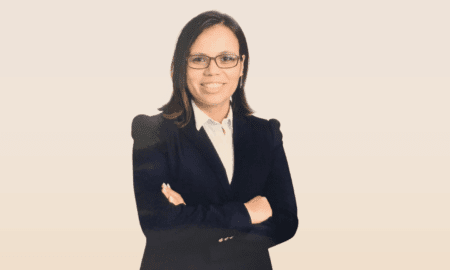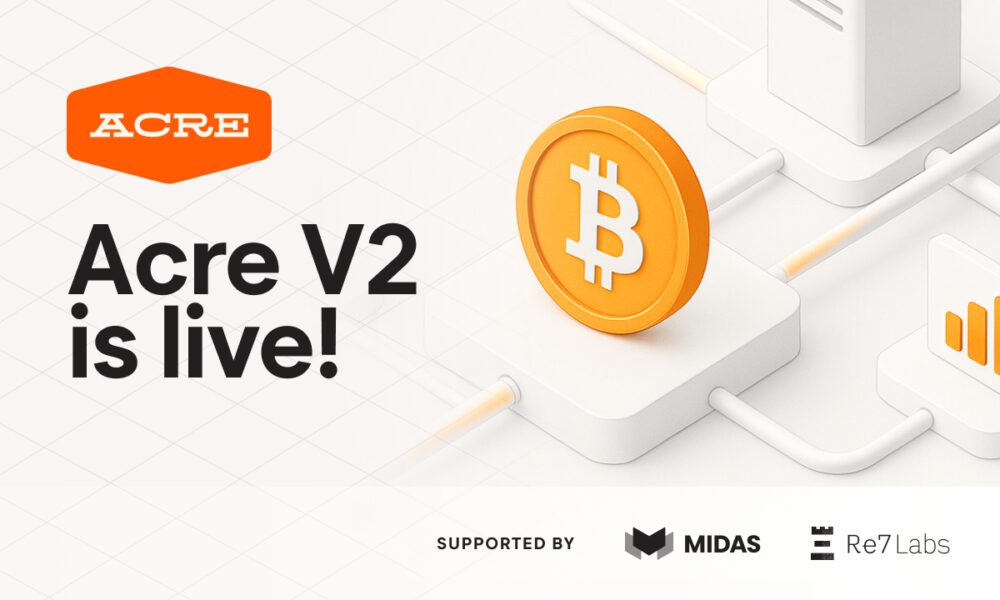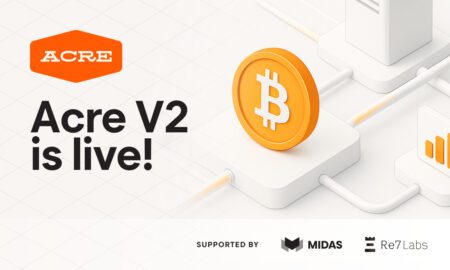Two Structural Challenges Facing Lending Protocols
The decentralized finance (DeFi) lending sector continues to grow at an impressive pace, reflecting broader enthusiasm for blockchain-based financial innovation. However, despite this ongoing expansion and the strong narrative of “decentralization,” the sector remains constrained by two significant and persistent structural challenges that continue to shape its trajectory.
1. Concentration of Governance
Although many platforms promote themselves as “decentralized,” in reality, governance within these ecosystems is often far from evenly distributed. In fact, data indicates that in roughly 70% of leading lending protocols, the top 10% of token holders still control a majority of the voting power. This concentration effectively limits community participation and undermines the very principles of decentralization that DeFi seeks to uphold. As a result, key decisions—including those related to interest rates, collateral requirements, and security parameters—are frequently influenced by a relatively small number of stakeholders. Over time, this imbalance could discourage smaller participants, reduce overall transparency, and create potential conflicts of interest among dominant holders.
2. Concentration of Capital
A second major area of concern lies in the uneven allocation of capital within these lending ecosystems. Lending pools are often heavily concentrated in a narrow range of digital assets or borrower types, creating conditions that may amplify systemic fragility. Estimates suggest that if major cryptocurrencies such as Bitcoin or Ethereum were to decline by just 20%, the probability of cascading liquidations could increase to more than three times the rate observed in traditional financial markets. This interconnectedness makes it difficult for protocols to maintain stability during periods of volatility and can expose investors to unexpected risks, especially when liquidity is stretched thin.
Risks Specific to Aave
Beyond these sector-wide challenges, Aave—one of the largest and most widely used lending protocols—faces a distinct set of vulnerabilities that deserve closer examination. In particular, its NAIT subproject has raised several notable concerns:
-
Persistent concentration of governance authority among a limited group of participants
-
Excessive capital exposure within specific asset pools, estimated to be around 35% higher than the broader industry average
-
Insufficient safeguards and contingency mechanisms against sharp, unpredictable market dislocations
The combination of these factors significantly heightens the probability that a sudden market downturn could trigger chain-reaction liquidations, which in turn could undermine confidence in Aave’s overall resilience and reliability as a lending platform.
Key Areas for Investor Focus
For investors evaluating opportunities in DeFi lending—and in Aave specifically—three dimensions will likely be critical over the coming months:
-
Progress in Governance Reform: Is voting power becoming more broadly distributed? Are transparency and accountability measurably improving?
-
Efforts Toward Risk Diversification: Has reliance on a limited set of assets been reduced, and are collateral options being meaningfully expanded?
-
Market and Regulatory Developments: How are institutional and retail investors assessing the protocol’s resilience, and are regulators signaling tighter oversight of DeFi lending operations?
Outlook
The risks observed in Aave should not be viewed as isolated issues but rather as reflections of broader, systemic vulnerabilities across the entire DeFi lending landscape. The next six to twelve months will likely prove decisive, as leading protocols strive to demonstrate measurable progress in governance reform, asset diversification, and operational resilience.
For investors, the central challenge will be balancing the sector’s strong growth potential with its equally significant systemic risks. Careful monitoring of market sentiment, regulatory updates, and governance reforms will remain essential for making prudent, well-informed decisions in this fast-evolving financial ecosystem.

